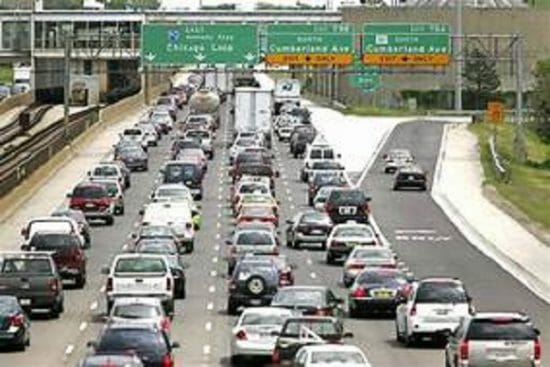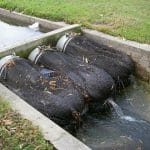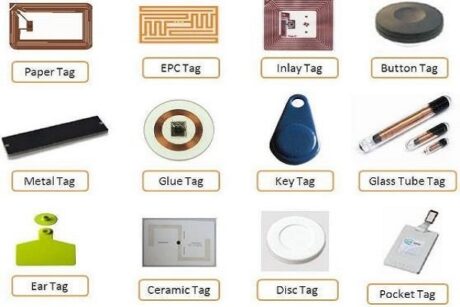No data found for Custom Course Number
No data found for Custom Course Units
Intended Audience: transportation engineers and planners
PDH UNITS: 2
Although many of the nation’s traffic bottlenecks must be addressed through costly major construction projects or expensive alternatives such as high-occupancy vehicle lanes, dynamic pricing, or transit alternatives, a significant opportunity exists for applying operational and low-cost solutions at spot-specific locations. This online traffic engineering course developed by Dr. Rossow is based on a primer produced by the Localized Bottleneck Reduction program of the Federal Highway Administration. The course focuses on relieving recurring congestion chokepoints (as opposed to nonrecurring congestion causes) and the operational influences that cause them. Widening, lengthening, retiming, metering, or bypassing problem areas to unclog them can often be done with lower cost and less intensive means than required by completely rebuilding the system. These options and other low-cost alternatives are presented in the course as well as examples of how some state agencies are dealing with bottlenecks. This course is based on U.S. Federal Highway Administration Report No. FHWA-HOP-12-012, “Recurring Traffic Bottlenecks: A Primer, Focus on Low-Cost Operational Improvements,” by R. A. Margiotta, and N. Spiller, April, 2012.
Learning Objectives
At the successful conclusion of this course, you’ll be able to:- Identify and assess bottlenecks
- Understand how bottlenecks form and disperse
- Understand merging at recurring bottlenecks
- Recognize the principles of effective traffic-lane merging
- Evaluate low-cost bottleneck improvement strategies
- Being aware of how some specific state agencies are dealing with some specific bottlenecks
Once completed, your order and certificate of completion will be available in your profile when you’re logged in to the site.










